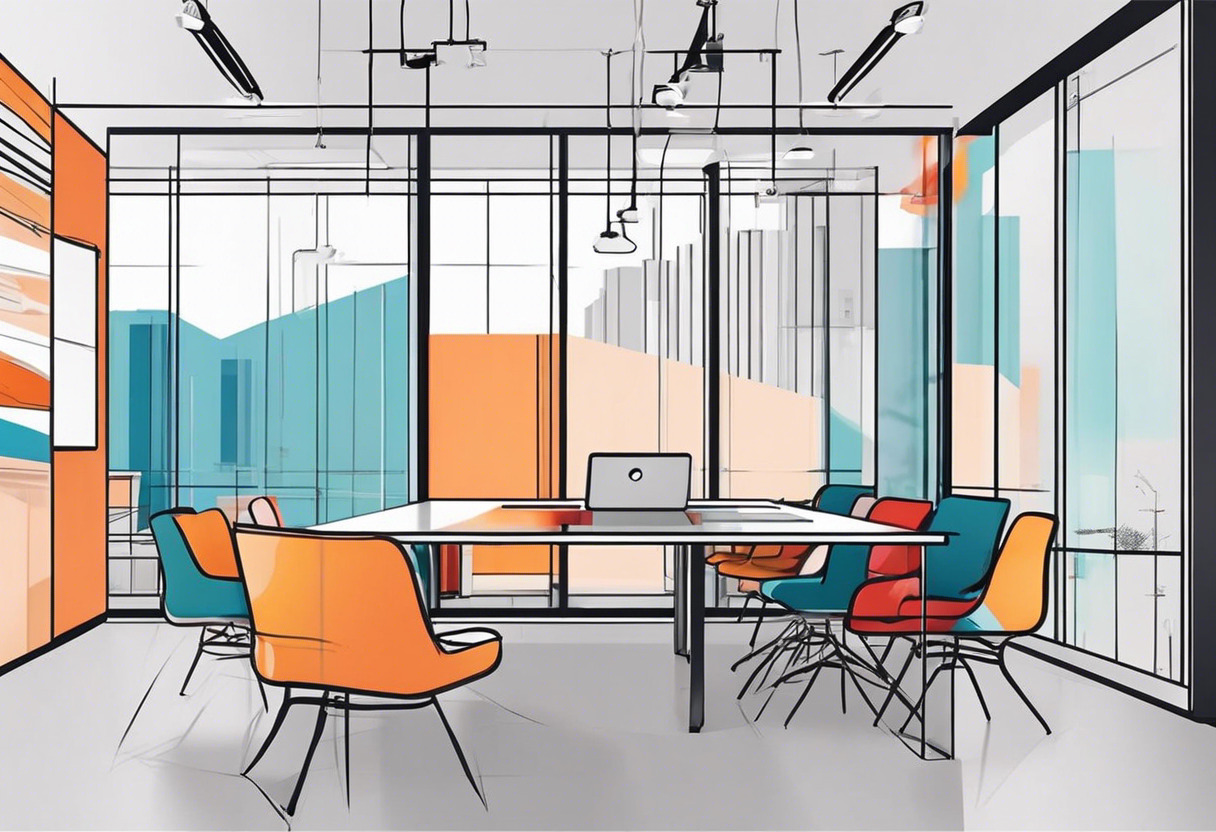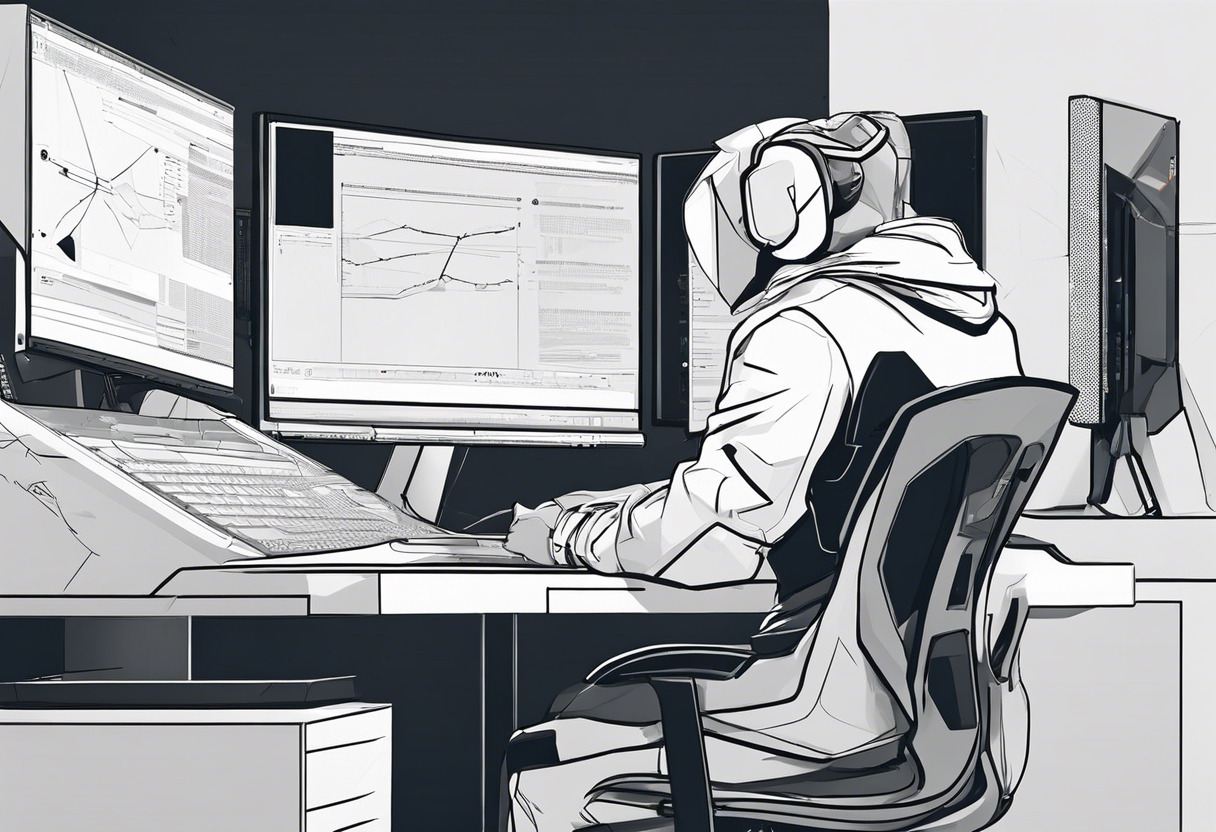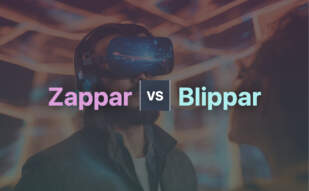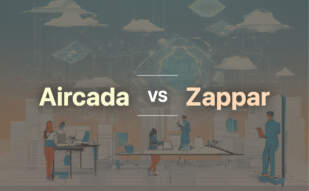In the faceoff between Vuforia vs Zappar, choose Vuforia for advanced AR applications with emphasis on object and image recognition, powered by a versatile SDK compatible with diverse platforms and AR devices. Opt for Zappar when seeking accessible and intuitive AR experience creation, boasting integration with major 3D model libraries and a focus on enhancing user engagement and brand loyalty.

Key Differences Between Vuforia and Zappar
- Vuforia provides a comprehensive AR SDK, supporting multiple 2D/3D target types, while Zappar offers a user-friendly toolset for AR experience creation.
- Vuforia is recognized for robust image and object recognition; Zappar capitalizes on enhanced user engagement and brand loyalty.
- Vuforia’s compatibility is extensive, spanning iOS, Android, UWP, and popular AR devices; Zappar enables AR experiences primarily through its app on iOS and Android.
- While Vuforia offers extensive licensing options, Zappar focuses on creating AR in existing or native apps.
| Comparison | Vuforia | Zappar |
|---|---|---|
| AR technologies | AR SDK | XR platform |
| Supported Devices | -iOS, Android, UWP -HoloLens 1, Microsoft HoloLens 2, Magic Leap, RealWear HMT-1, Vuzix M400 | -iOS & Android |
| Integrations | -Unity, Android Studio, Visual Studio, XCode | -Zappar app on iOS & Android |
| Unique advantages | -Wide range of target types -Broad device compatibility -Detailed API support -Cloud add-ons for increased Cloud Recognition | -High accessibility -Automatic features adjusted to coder’s expertise -Potential for app-less AR experiences via mobile web support |
| Real-world applications | -AR Digital Twin -3D product demonstrations -Interactive campaigns | -Packaging, Retail, Learning & Development, Marketing, Tours |
What Is Vuforia and Who’s It For?
Vuforia is an AR software development kit (SDK) crafted by Qualcomm and acquired by PTC Inc. in 2015. Famed for its computer vision capabilities allowing object recognition, Vuforia assists developers in creating dynamic AR applications. It supports a range of target types and offers APIs in a variety of languages for the Unity game engine, making it versatile across iOS, Android, and UWP platforms.
Vuforia is designed for developers wanting to incorporate AR features into their applications, especially for those focusing on AR Digital Twin technology to bridge physical and digital spaces. It appeals to developers wanting to create real-time detection applications with overlays on real-world objects, and those looking for extensive compatibility with platforms and devices.

Pros of Vuforia
- Extensive target type support
- Multilingual API compatibility
- Comprehensive compatibility with devices and platforms
- Dedicated focus on AR Digital Twin technology
Cons of Vuforia
- Cloud add-ons not available in China
- Deprecation of Virtual Buttons
- Requires contact with company to cancel Premium Plan
- Standard rate $0.01/Cloud reco for cloud add-on overage
What Is Zappar and Who’s It For?
Zappar is an XR platform and creative studio that facilitates the creation, management, and publishing of content. It leverages its expertise in AR to enhance engagement, memorability, and brand loyalty. The flagship offering, ZapWorks, is an intuitive toolset that streamlines the creation of AR experiences, presenting users with a drag-and-drop mechanism and a library of 3D artifacts.
Targeting a broad spectrum of businesses, the Zappar platform is intended for industries like Packaging, Retail, Learning & Development, Marketing, and Tours. It also caters to developers, from beginners to experts, offering an advanced scripting editor, automatic features, and an uncomplicated experience.

Pros of Zappar
- Complete end-to-end camera strategy platform
- Effective for variety of use-cases across industries
- Support for all level coders
- Beta version of mobile web support for app-less AR experiences
Cons of Zappar
- AR experiences mainly hosted via Zappar App
- May require collaboration with Zappar to incorporate AR in existing apps
The Decision: Vuforia or Zappar?
In the ever-evolving frontier of AR, two mammoths duel: Vuforia and Zappar. We dissect and contrast their differences, serving the verdict tailored for diverse audience classes.
AR Game Crafters
Vuforia stakes a claim with its high compatibility with Unity and game-oriented features like 6 DOF device localization. It’s your pick if you strive for immersive gameplay. Nevertheless, Zappar gains ground with its user-friendly drag-and-drop mechanism.

AR Marketing Professionals
For AR-driven advertisement campaigns, Zappar, with its notable brand-serving history, comprehensive XR solutions, and provision for app-less AR experiences, wins. However, Vuforia’s AR Digital Twin tool enabling real-time overlays on real-world objects deserves attention.

Advanced Coders/Developers
Experienced coders gravitate towards Vuforia due to its support in multiple languages and wide platform compatibility. Zappar though, makes a comeback with an advanced scripting editor and beta mobile web support for app-less deployments.

When put side by side, the compelling two-way race between Vuforia and Zappar rests on specific needs. Rooted in gaming, Vuforia overwhelms with unparalleled Unity support. However, Zappar shines in AR integration for marketing, offering an overall simpler user experience.
Patrick Daugherty
Content writer @ Aircada. Merging AR expertise with a love for late-night gaming sessions.





